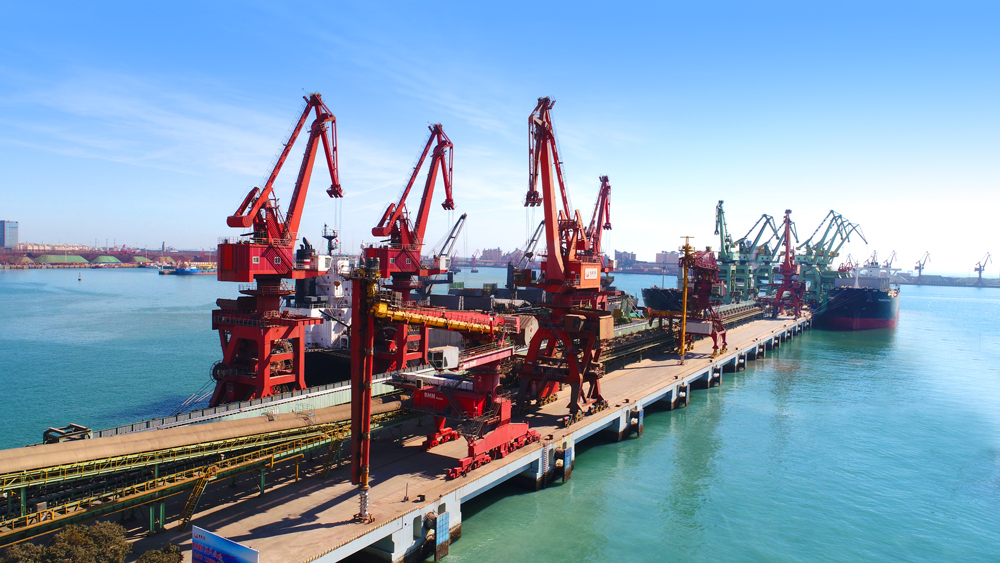
China’s imports of refined copper are likely to slide for a second year running in 2020 while the country’s aluminium consumption will dip slightly after a rare fall in 2019, projections by research house Antaike showed on Tuesday.
Refined copper imports are forecast at 3.1 million tonnes in 2020, He Xiaohui, a copper analyst at the China Nonferrous Metals Industry Association’s Antaike research arm said during a webinar.
That is down 12.7% from an estimated 3.55 million tonnes in 2019, which would exceed Antaike’s original projection of 3.2 million tonnes for 2019 around this time last year but is lower than the 3.75 million tonnes imported in 2018.
China, the world’s biggest copper consumer, is purchasing more copper concentrate, or partially processed ore, and churning out more metal itself as its smelting capacity grows, reducing its reliance on imported metal.
Its refined copper consumption is expected to rise by 1.2% to 11.4 million tonnes this year, Antaike says.
China’s own refined copper output is still projected to grow by 3.8% to 9.3 million tonnes this year and its exports by 10.8% to 350,000 tonnes
“In the short term we need to look at the novel coronavirus situation,” Antaike’s He said. “Although much of the consumption will only be postponed, it’s hard to overlook the impact.”
Chinese smelters, facing high inventories of sulphuric acid and logistical problems resulting from measures aimed at halting the spread of the virus, have been forced to cut production in recent weeks.
China’s own refined copper output is still projected to grow by 3.8% to 9.3 million tonnes this year and its exports by 10.8% to 350,000 tonnes, according to data in He’s presentation.
That leaves China’s refined copper market in a surplus of 650,000 tonnes in 2020, narrowed from 936,000 tonnes last year.
Copper concentrate consumption, meanwhile, is expected to rise by 6.6% on a copper-contained basis to 7.25 million tonnes, with domestic production holding steady at 1.56 million tonnes.
China’s aluminium consumption fell for the first time in a decade in 2019, official data shows, though Antaike’s records suggest that the 1% drop was the first in 30 years.
Antaike, which previously forecast a rebound in 2020, now expects consumption to slip by 0.1% to 36.6 million tonnes this year and production to rise by 4.1% to 37.4 million tonnes, analyst Wang Hongfei said in a second webinar.
China is set to add 2.25 million tonnes of annual aluminium smelting capacity this year, with about three quarters – or 1.7 million tonnes – to come in the new hub of Yunnan in Southwest China, Wang added.
(By Tom Daly and Min Zhang; Editing by David Goodman)
Comments